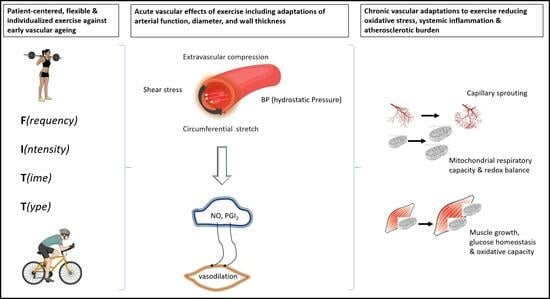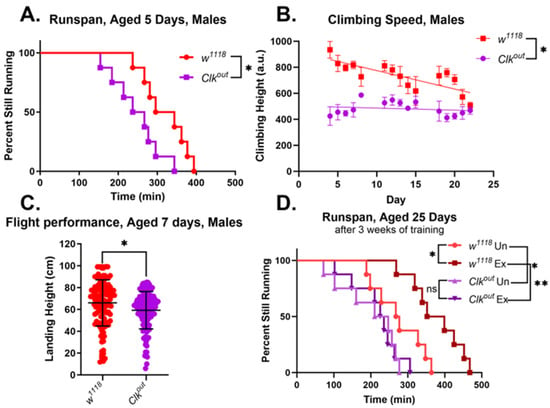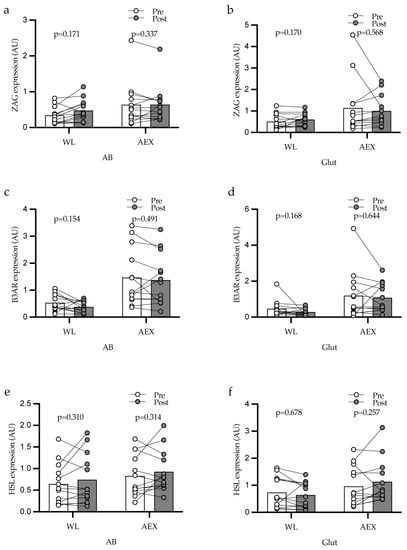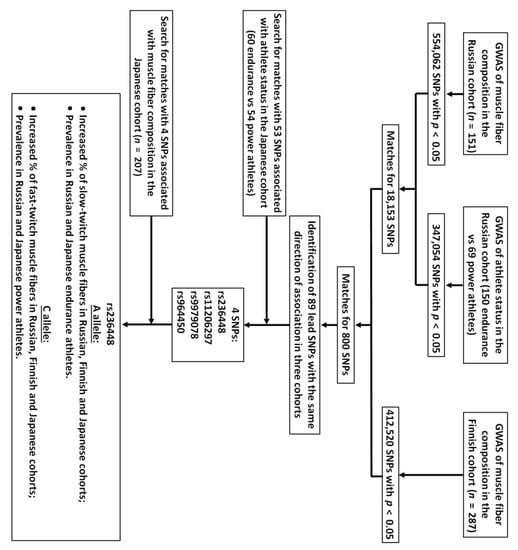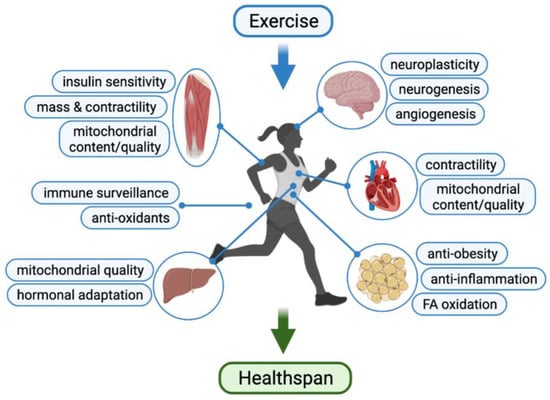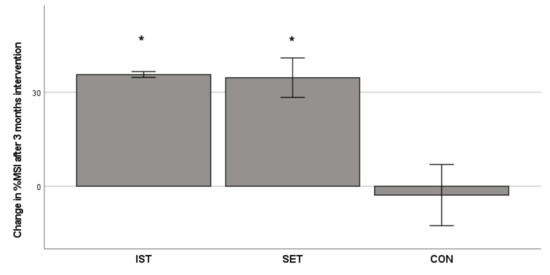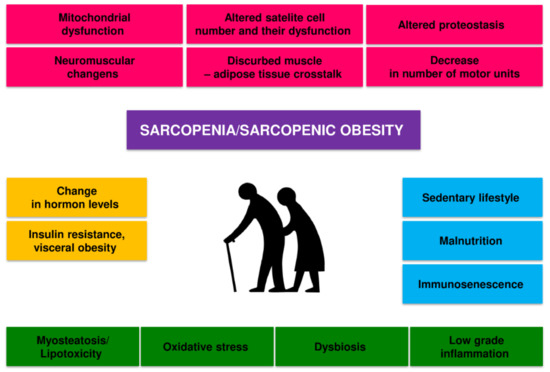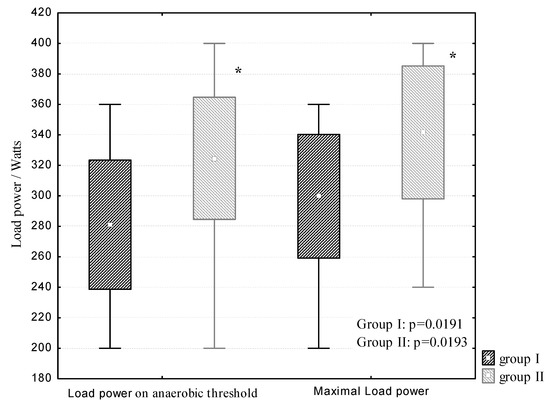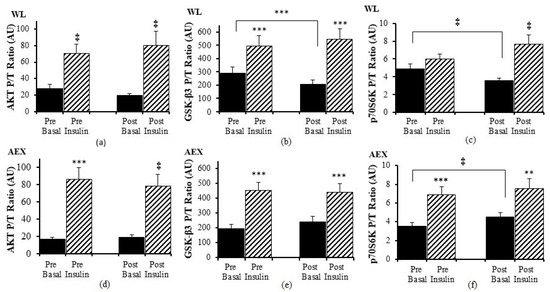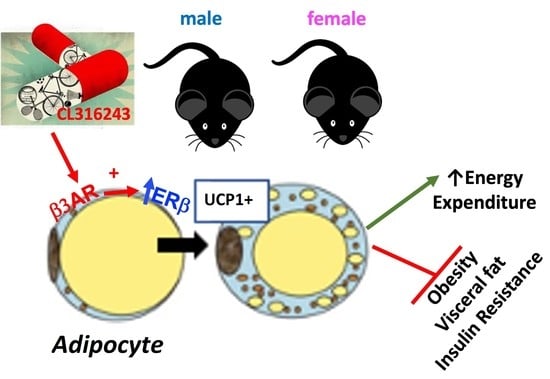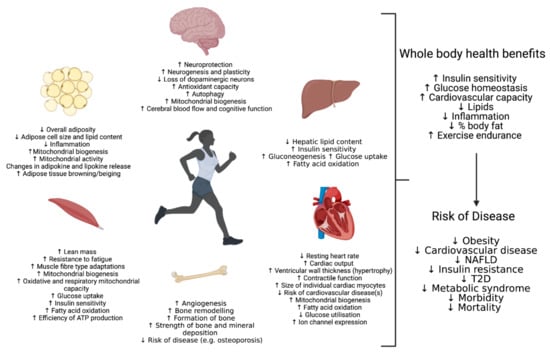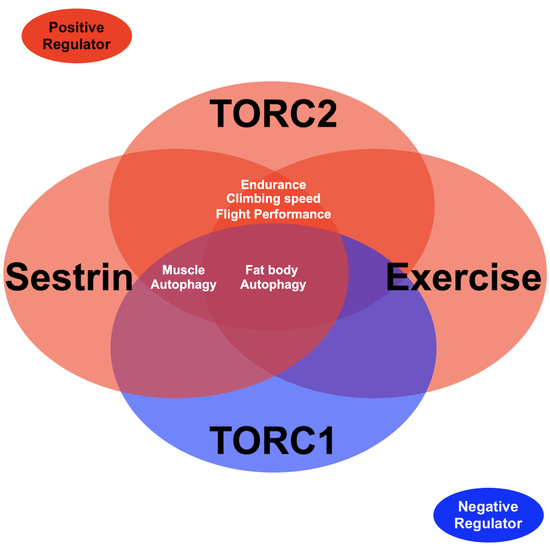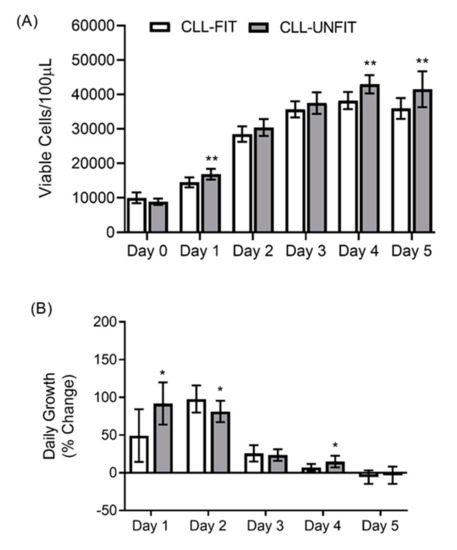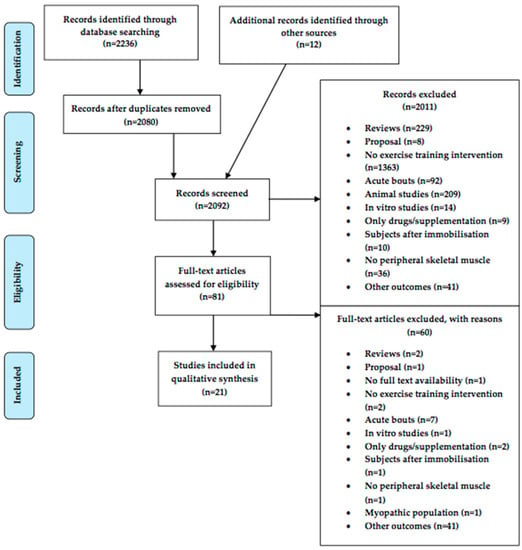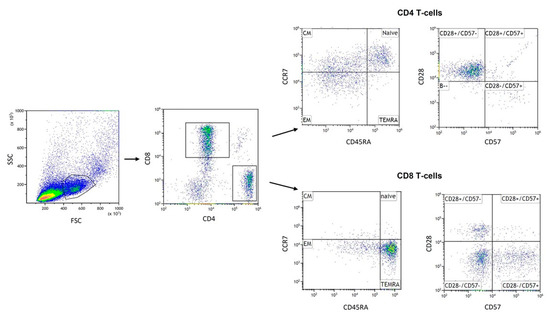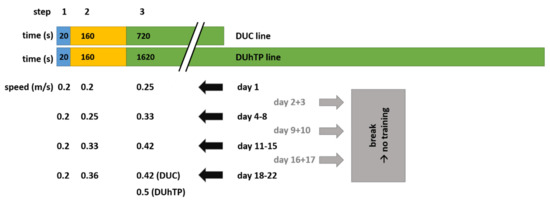Molecular Mechanisms of Exercise and Healthspan (Closed)
A topical collection in Cells (ISSN 2073-4409).
Viewed by 106089Editor
Interests: cardiac senescence; effects of exercise-training on functional aging; insulin/TOR signaling; fatty acid transporters
Special Issues, Collections and Topics in MDPI journals
Topical Collection Information
Dear Colleagues,
Exercise is increasingly being recognized as a broadly effective intervention for the preservation of long-term functionality during the aging process, leading to the popularization of the phase, “exercise is medicine”. Chronic exercise lowers the risk of many age-related diseases, including diabetes, heart disease, and several forms of cancer. Exercise is also generally thought to preserve basic mobility, cognitive function, and circadian rhythms, as well as contributing to psychological health. Despite the many benefits of chronic exercise, the mechanistic requirements for these benefits to accrue are still not fully understood, and are a highly active research topic. As many patients are unable to execute demanding exercise programs, the identification of downstream mechanistic targets to deliver the benefits of chronic exercise pharmaceutically has a transformative potential for the treatment of age-related disease and for the maintenance of healthy aging. In this Topical Collection, we examine recent findings in diverse model systems that increase our understanding of the molecular outputs of exercise, as well as their requirements for the myriad benefits that exercise provides.
Dr. Robert Wessells
Collection Editor
Manuscript Submission Information
Manuscripts should be submitted online at www.mdpi.com by registering and logging in to this website. Once you are registered, click here to go to the submission form. Manuscripts can be submitted until the deadline. All submissions that pass pre-check are peer-reviewed. Accepted papers will be published continuously in the journal (as soon as accepted) and will be listed together on the collection website. Research articles, review articles as well as short communications are invited. For planned papers, a title and short abstract (about 100 words) can be sent to the Editorial Office for announcement on this website.
Submitted manuscripts should not have been published previously, nor be under consideration for publication elsewhere (except conference proceedings papers). All manuscripts are thoroughly refereed through a single-blind peer-review process. A guide for authors and other relevant information for submission of manuscripts is available on the Instructions for Authors page. Cells is an international peer-reviewed open access semimonthly journal published by MDPI.
Please visit the Instructions for Authors page before submitting a manuscript. The Article Processing Charge (APC) for publication in this open access journal is 2700 CHF (Swiss Francs). Submitted papers should be well formatted and use good English. Authors may use MDPI's English editing service prior to publication or during author revisions.
Keywords
- exercise
- metabolism
- aging
- model systems
- muscle
- heart
- adipose
- myokine
- nervous system
- age-related disease
Related Special Issue
- Molecular Mechanisms of Exercise and Healthspan 2.0 in Cells (3 articles)






